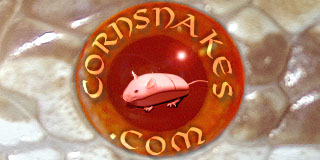abell82
Senile Member
So, maybe this has been discussed but I searched and did not find any satisfing results. So here goes.
What do you get if you cross a Miami to a Carmel?
And I am not talking about genetically (Normal het for Carmel), has anyone ever actually done this? What does it look like? Do the brown's of the Carmel overpower the red and grey of the Miami or viceversa?
What do you get if you cross a Miami to a Carmel?
And I am not talking about genetically (Normal het for Carmel), has anyone ever actually done this? What does it look like? Do the brown's of the Carmel overpower the red and grey of the Miami or viceversa?
